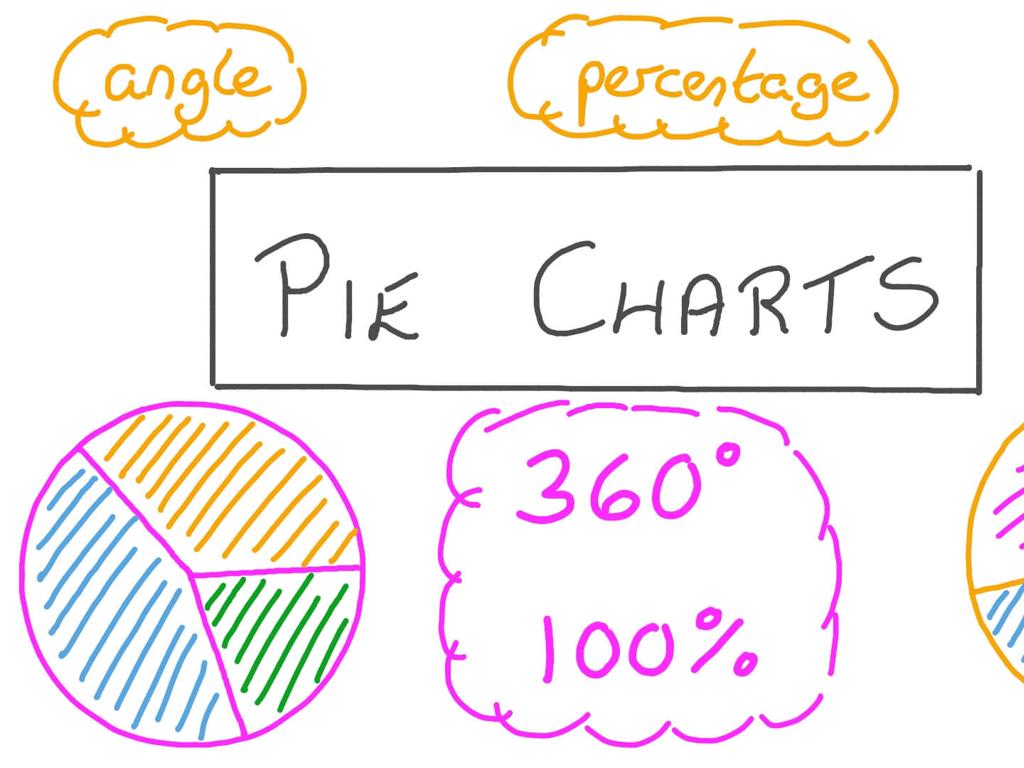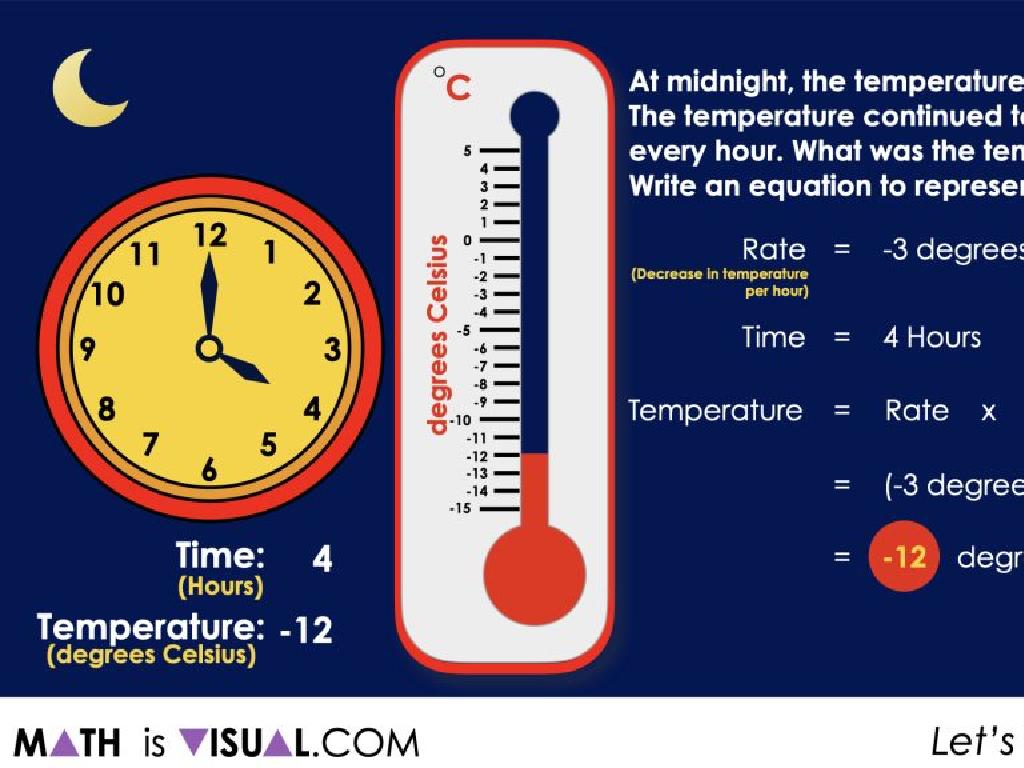Form The Progressive Verb Tenses
Subject: Language arts
Grade: Fourth grade
Topic: Identify The Irregular Past Tense
Please LOG IN to download the presentation. Access is available to registered users only.
View More Content
Forming Progressive Verb Tenses
– Explore progressive verb tenses
– Actions can be ongoing
– Shows action that is happening right now
– Significance of verb tenses
– Helps us communicate time of actions accurately
– Examples of progressive verbs
– ‘I am reading’, ‘She is singing’, ‘We are learning’
|
This slide introduces the concept of progressive verb tenses to the students, emphasizing their role in indicating ongoing actions. It’s crucial for students to grasp that progressive tenses are used to describe something that is currently in progress or was in progress at a certain time in the past or will be in the future. Understanding verb tenses allows for clear communication, especially when discussing the timing of events. Provide examples and encourage students to form sentences using progressive tenses. This foundational knowledge will aid them in writing and speaking with greater clarity and precision.
Understanding Verbs
– Verbs show action or state
– Examples: ‘run’, ‘jump’, ‘read’, ‘write’
– Actions like ‘running’, ‘jumping’, ‘reading’, ‘writing’
– Progressive tense shows ongoing action
– ‘I am running’, ‘She is reading’
– Formed with ‘am’, ‘is’, ‘are’ + verb-ing
– Practice forming sentences with different verbs
|
This slide introduces the concept of verbs to the students, emphasizing that verbs are words that express action or a state of being. Start by explaining that verbs tell us what someone or something is doing. Provide clear examples of simple action verbs like ‘run’, ‘jump’, ‘read’, and ‘write’. Then, transition to explaining the progressive verb tense, which is used to describe actions that are currently ongoing. Show how to form the progressive tense using ‘am’, ‘is’, or ‘are’ followed by the verb with an ‘-ing’ ending. Encourage students to come up with their own examples and to practice forming sentences in the progressive tense to reinforce their understanding.
Understanding Progressive Verb Tenses
– Verbs show action time: past, present, future
– Today’s focus: present progressive tense
– Present progressive is used for actions that are currently in progress
– Present progressive: actions happening now
– Example: ‘I am running’, ‘She is singing’, ‘They are laughing’
– Forming present progressive: ‘am’, ‘is’, ‘are’ + verb-ing
– We use ‘am’ with ‘I’, ‘is’ with he/she/it, and ‘are’ with you/we/they
|
This slide introduces the concept of verb tenses, specifically focusing on the present progressive tense, which indicates actions that are happening at the moment of speaking. Emphasize the structure of the present progressive tense, which requires the correct form of the verb ‘to be’ (am/is/are) followed by the main verb with an ‘-ing’ ending. Provide examples for each subject pronoun to illustrate the correct usage. Encourage students to think of actions they often do and how they would describe those actions if they were happening right now. This will help them grasp the concept of present progressive tense in a practical, relatable way.
Understanding Progressive Verb Tenses
– What is progressive tense?
– It shows action happening now
– ‘am’, ‘is’, ‘are’ + verb-ing
– Example: ‘I am running’
– ‘She is jumping’, ‘They are reading’
– Practice forming progressive verbs
– Use ‘am’, ‘is’, ‘are’ with verbs ending in ‘-ing’ to show action
|
The progressive tense is used to describe actions that are currently ongoing. It is formed with the help of the auxiliary verbs ‘am’, ‘is’, or ‘are’ followed by the main verb that ends with ‘-ing’. For example, ‘I am running’ shows that the action of running is happening at the moment of speaking. It’s important for the students to understand that the progressive tense is about actions in the present. Encourage the students to form sentences using the progressive tense with verbs they commonly use. This will help them grasp the concept through practical application. Provide additional examples and have the class practice by creating their own sentences in the progressive tense.
Regular vs. Irregular Verbs
– Forming ‘-ing’ in regular verbs
– Add ‘-ing’ to the base form like ‘talk’ becomes ‘talking’
– Irregular verbs change uniquely
– ‘Sing’ becomes ‘singing’, but ‘run’ becomes ‘running’ (double the ‘n’)
– Spotting different verb types
– Learn to identify which verbs are regular and which are irregular
– Practice forming progressive tenses
|
This slide introduces the concept of forming the progressive verb tenses, focusing on the difference between regular and irregular verbs. Regular verbs form the ‘-ing’ tense by simply adding ‘-ing’ to the base form of the verb. However, irregular verbs do not follow this pattern and can change in different ways, such as changing the vowel or doubling the consonant before adding ‘-ing’. Provide examples and guide students on how to spot and form the progressive tenses of both regular and irregular verbs. Encourage them to practice by identifying verbs in sentences and converting them into the progressive tense. This will help them understand the concept and apply it in their writing.
Forming Progressive Verb Tenses
– Some verbs change when adding ‘-ing’
– ‘run’ changes to ‘running’
– Double the ‘n’ before adding ‘-ing’
– ‘write’ changes to ‘writing’
– Drop the ‘e’ before adding ‘-ing’
– Practice with more verbs
– Try ‘sit’ to ‘sitting’ or ‘come’ to ‘coming’
|
This slide introduces students to the concept of forming progressive verb tenses with irregular verbs. Emphasize that while most verbs just get ‘-ing’ added to them, some verbs change their spelling. Use ‘run’ and ‘write’ as clear examples, showing the doubling of the consonant and the dropping of the ‘e’ respectively. Encourage students to apply these rules to other verbs and come up with their own examples. Provide a list of irregular verbs for them to practice with, and plan an activity where they can write sentences using verbs they’ve converted into the progressive tense.
Practice Time: Forming Progressive Verb Tenses
– Understanding progressive tenses
– Progressive tenses show ongoing actions
– I say a verb, you make it progressive
– Use ‘am’, ‘is’, or ‘are’ plus verb-ing
– If I say ‘run’, you say ‘am/is/are running’
– Let’s practice with some examples!
– Example: I am jumping, She is eating, They are going
|
This slide is for an interactive class activity to help students understand and form progressive verb tenses. Start by explaining that progressive tenses are used to describe actions that are currently ongoing. Then, engage the class by saying a verb out loud and having the students convert it into its progressive form. Remind them to use the correct form of ‘to be’ (am, is, are) depending on the subject, followed by the base verb with an ‘-ing’ ending. For example, if the verb is ‘run’, students should say ‘I am running’, ‘He is running’, or ‘They are running’ depending on the subject they choose. Encourage participation and correct gently, ensuring that each student understands the concept. Have a list of verbs ready for the activity and consider pairing students to practice together.
Let’s Play Verb Charades!
– Act out a verb in front of the class
– Classmates guess the progressive tense
– Use ‘am’, ‘is’, or ‘are’ with verbs
– For example, ‘I am jumping’, ‘She is eating’, ‘They are running’
– Have fun while learning verb tenses
|
This interactive game is designed to help students understand and form progressive verb tenses in a fun and engaging way. Verb Charades encourages students to think on their feet and apply their knowledge of verb tenses. As a student acts out an action without speaking, the rest of the class must guess the action and form a sentence in the progressive tense using ‘am’, ‘is’, or ‘are’. For example, if a student is pretending to swim, classmates might guess ‘He is swimming’. This activity not only reinforces the grammar lesson but also promotes active participation and collaboration among students. Prepare a list of verbs for the students to act out and ensure that everyone gets a turn. Encourage correct grammar usage and provide guidance as needed.
Class Activity: Progressive Tense Hunt
– Find progressive tense in a book
– Share examples with the class
– Explain why it’s progressive tense
– Look for ‘am’, ‘is’, ‘are’, ‘was’, ‘were’ followed by a verb ending in -ing
– Understand how it’s used in stories
– See how progressive tense shows ongoing action
|
This activity is designed to help students recognize and understand the use of the progressive tense in literature. Have the students select their favorite book or story and search for sentences that contain the progressive tense. They should look for verbs that are being used with ‘am’, ‘is’, ‘are’, ‘was’, or ‘were’ and end in -ing, which indicates an ongoing action. Once they find examples, ask them to share with the class and explain why these are progressive tenses. This will help them see how authors use the progressive tense to indicate actions that are in progress. Possible variations of the activity could include working in pairs to find examples, creating a classroom chart of progressive tense from different stories, or even writing their own sentences using the progressive tense.
Progressive Verb Tenses: Conclusion & Homework
– Excellent work on progressive tenses!
– Homework: Write 5 sentences
– Create sentences using verbs like ‘run’, ‘see’, or ‘go’
– Use irregular verbs in progressive form
– For example: ‘I am running’, ‘She is seeing’, ‘We are going’
– Share your sentences in the next class
|
Today’s lesson focused on understanding and forming progressive verb tenses, especially with irregular verbs. For homework, students are tasked with writing five sentences that use irregular verbs in their progressive forms. This exercise will help reinforce their understanding of how these tenses are used in everyday language. Encourage creativity and the use of a variety of verbs. In the next class, students will have the opportunity to share their sentences, allowing them to learn from each other’s examples and further solidify their grasp of progressive verb tenses.






